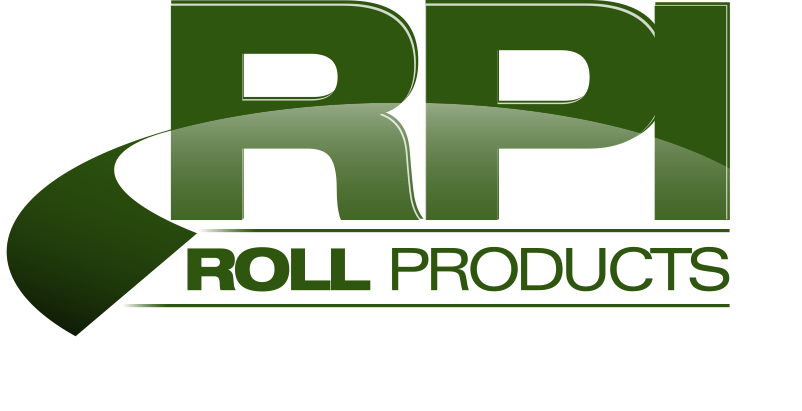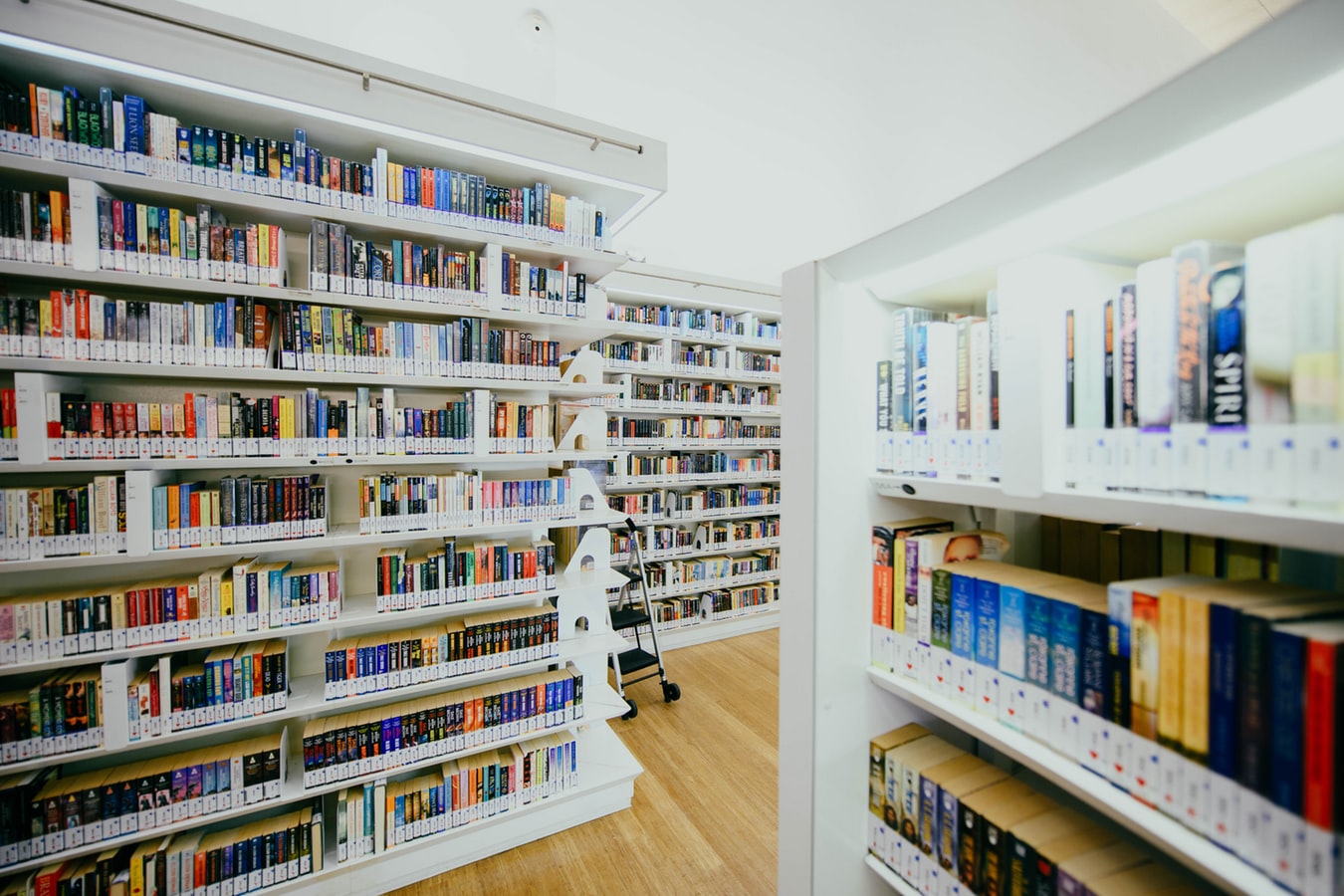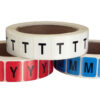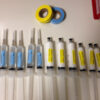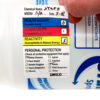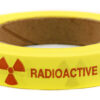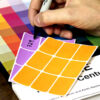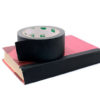In modern society, we see labels used for nearly everything, from clothing to shipping containers, HMIG labels, and beyond. It’s evident that labeling products is necessary, but how do we know which to use and when? Each label serves a unique function, and it’s important to understand that none are created equally. To better comprehend how labeling works, it’s essential to note which types of labels there are and when they are used.
Common Types of Printed Labels
Finished labels will likely come in the form of roll or sheeted products. How the label is made will depend on its use and how many are needed. A roll product will come spun around a cardboard tube, similar to a custom tape. This type of label is efficient for businesses and can be used on certain products and in the workspace.
Specialty labels can also be printed in the form of sheets, which would be more effective if you’re looking for labels that rely heavily on color. These types of labels may also be better if you would like to use different shapes and sizes on your label. Labels that come in the form of sheets are often printed to display the same information. Sheets tend to cover HMIG labels, medical labels, and library supply labels.
Which form you receive your labels in can depend on many criteria, but at the end of the day, volume will be a determining factor. Regardless of which types of labels you’re in the market for, the forms in which they come in will be specialized to fit your labeling needs.
The Importance of Using Labels
With a better understanding of printed labels, we can observe how they function in many different aspects of society. The beauty about labels is that not only are they unique by design, but they’re unique in what they convey. Whether for safety, such as with an HMIG label, or to track information, as with a shipping label, we ultimately learn by using labels.
About four weeks of work are lost each year due to mislabeling and misfiling, so it’s not only important to properly maintain products with tapes and labels, but to label them correctly. Doing this, you’ll be one step ahead of the curve when it comes to high level productivity. With a better understanding of their differences and how they can be used, you can safely search for labels and find some that best suit your needs.
